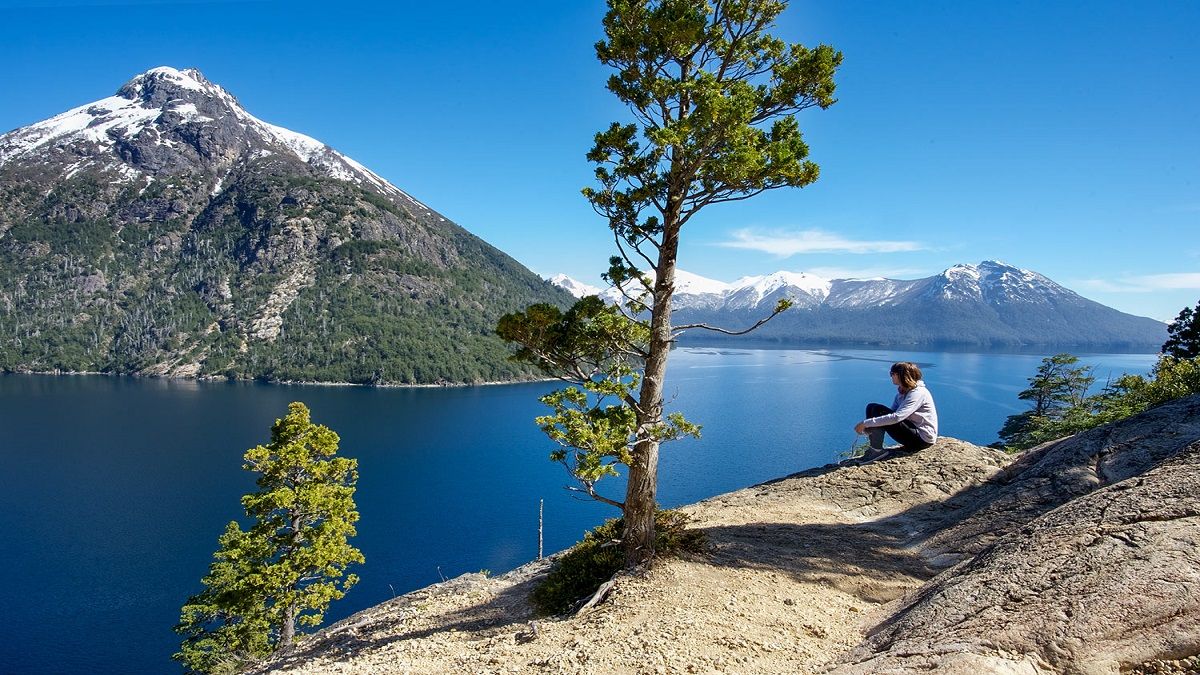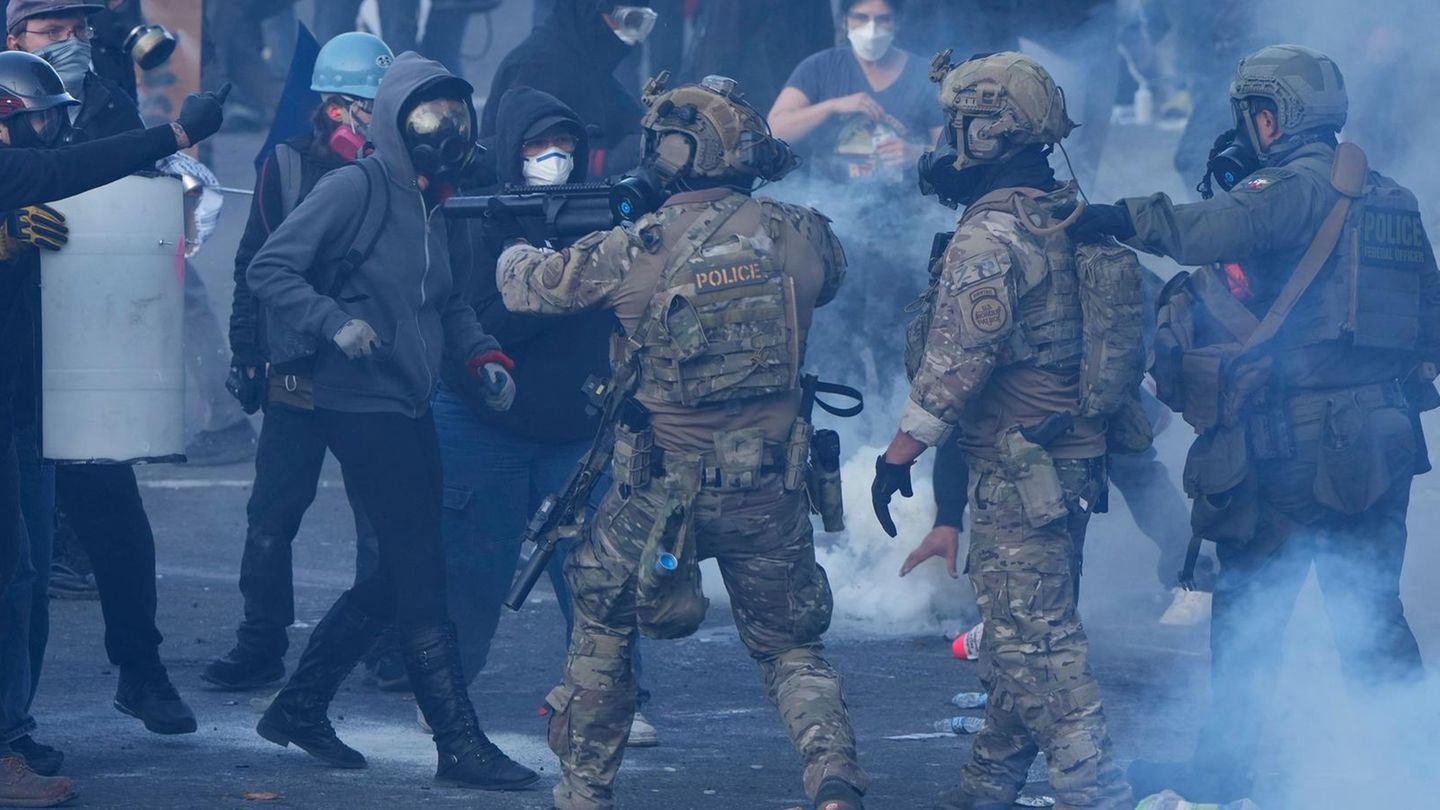The 2.6 million tourists spent 39,736 million pesos on the extra long weekend, including lodging, transportation, food and other expenses, while compared to 2021, consumption at constant prices rose 107.7%.
To the tourists, almost 2.4 million excursionists were added who decided to travel for the day to nearby cities in search of leisure, recreation, sports, religious celebrations or family gatherings.
In this sense, they spent an average of 2,282 pesos each, adding a total disbursement of 5,365 million pesos, which at constant prices was 19.9 percent higher than the same weekend in 2021.
According to the Ministry of Tourism and Sports, around 300,000 people traveled with the Pre-Trip, the program that returns 50% of what was spent on tourism in credit to reuse in services of the sector such as gastronomy, excursions or tickets.
This weekend the return of international tourists was fully noted, especially residents of neighboring countries such as Brazil, Chile, Uruguay and Paraguay, who were present in large cities and those close to the borders.
The best occupancy numbers were found in the provinces of northwestern Argentina, which averaged 97%, although the entire country worked with its full accommodation capacity. “Two factors that hindered the date were the lack of diesel and the strike of carriers due to the shortage of that input.
There were lines of trucks of up to 20 kilometers that complicated traffic on the routes, with very heavy delays, especially in Santa Fe and Entre Ríos. But nothing stopped the travelers, who filled the routes all weekend,” CAME explained.
Aerolineas Argentinas transported more than 300,000 passengers over the weekend, breaking the 2018 record, which had been historic. In almost all the tourist cities, the same pattern was fulfilled: the highest category accommodations worked 100%, and were the first to be filled.
Buenos Aires had an occupancy level of 90 percent and among the most chosen places were Mar del Plata, Cariló, Vila Gesell, Mar de las Pampas, Pinamar, Mar del Tuyú, San Clemente del Tuyú, Las Toninas, Santa Teresita , East Coast and San Bernardo. Inside the province there were hundreds of activities by Sierra de la Ventana, Villa Ventana, Tigre, San Pedro, La Plata, Chascomús and Tandil, which worked 100%.
In the City of Buenos Aires there were almost 100 thousand national and international tourists, with a peak of 91% hotel occupancy, with a total expenditure of almost 3,100 million pesos. In Córdoba, the more than 160,000 hotel beds were almost filled with tourists from all over the country and the return of international visitors.
625c08c31d560_706x241.jpg
Villa General Belgrano, Santa Rosa de Calamuchita, Alta Gracia, Córdoba capital, Valle de Punilla, Villa Carlos Paz, La Cumbre, La Falda, Capilla del Monte, Huerta Grande and Valle Hermoso, were the most chosen cities, with a level higher than 90% of hotel capacity.
- In mendozaSince Wednesday night, tourists occupied the 35,000 places available in the district and this time the international visitor joined, especially the Chilean, who once again marked a presence in the region. Gran Mendoza, Potrerillos, San Rafael and Malargüe, were among the most popular destinations.
- Santa Fe it remained with high levels of occupation, especially in Rosario, Coronda, Maciel, San Lorenzo, Pueblo Esther, Santa Rosa de Calchines, Cayastá, San Javier, and Romang. Misiones had in Iguazú its overflowing point and since Friday there were no accommodations available.
- currents It had the Esteros del Iberá as the protagonist, with a very good weekend and with tourists who came from all over Argentina and from neighboring countries such as Paraguay and Brazil.
- In Between rivers Almost 50,000 hotel beds were occupied, with tourists who populated its three corridors, Uruguay, Paraná and Centro. Of the 16 thermal complexes, the most visited were those of Federación, Villa Elisa, Gualeguaychú, Victoria and Concepción del Uruguay.
- Tucuman had a daily expenditure that averaged 4,400 pesos per person and the most chosen places were San Miguel de Tucumán, Tafí del Valle, San Pedro de Colalao, San Javier, Yerba Buena, El Cadillal, Tafí Viejo, with occupancy levels close to 90 percent.
- In jumpthe capital, Cafayate, Cachi and Coronel Moldes had good occupancy levels, while in Jujuy, the 12,000 hotel beds were filled as of Thursday afternoon: San Salvador de Jujuy, Quebrada de Humahuaca, La Quiaca and Yavi in the Puna, San Pedro de Jujuy and Yungas, were the most chosen destinations.
- In Santiago del EsteroTermas de Río Hondo was the most visited point, especially by tourists from Tucumán, Córdoba and Buenos Aires, while Villa La Punta also stood out.
- San Juan it had full occupancy in cities such as Iglesias, Valle Fértil and Calingasta, while in San Luis, the 35,000 places were almost complete, with full occupancy in Villa Merlo, Potrero de los Funes and Juana Koslay.
- The Rioja It had among the most outstanding points Villa Unión, the Talampaya National Park, Chilecito, Arauco and Fátima, among the most visited places.
- In Neuquen 90 percent of the 30,000 hotel beds were occupied and among some of the outstanding cities were Aluminé, San Martín de los Andes, Junín de los Andes, Villa La Angostura and Villa Pehuenia.
- In Black riverthe most outstanding was Bariloche, while other very popular places were El Bolsón, Las Grutas and Playas Doradas.
- Chubut it had an occupancy close to 84 percent and Puerto Madryn and Esquel stood out, while in Santa Cruz the star city was El Calafate, with almost 100 percent occupancy.
- Land of Fire It also saw the return of international tourists and visitors based especially in Ushuaia, while in Catamarca, the main tourist destinations had 100 percent occupancy: Andalgalá, Antofagasta de la Sierra, Belén, Las Juntas, El Rodeo, Fiambalá, Paclin, Santa Maria, Santa Rosa and Tinogasta. In Formosa, its capital was the most chosen, while in Chaco, hotel occupancy was around 70 percent, and in La Pampa they opted for Santa Rosa.
Source: Ambito
David William is a talented author who has made a name for himself in the world of writing. He is a professional author who writes on a wide range of topics, from general interest to opinion news. David is currently working as a writer at 24 hours worlds where he brings his unique perspective and in-depth research to his articles, making them both informative and engaging.




